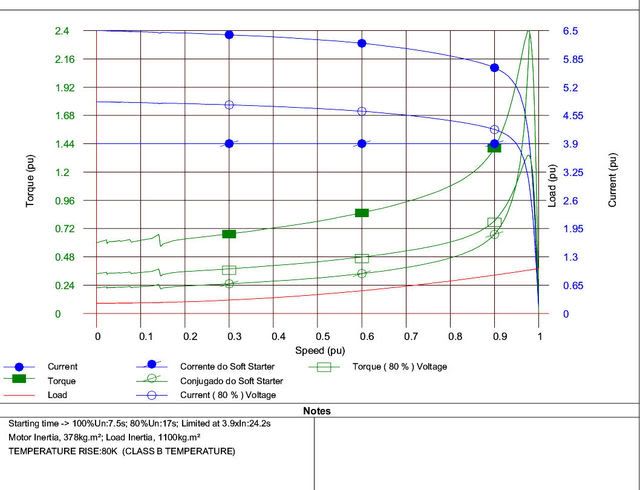FountainGuy
Member
- Location
- Metro Atlanta, GA
Hello Guys! This is my first post.
I have a fountain system that will use a 30HP PACO pump (close couple end suction centrifugal type) with a 460V 3-phase ODP motor. I plan to use a Square-D motor starter and motor protector. The NEC FLA is 40.0, and I don't know what the nameplate amps are yet. I plan to use a 100A disconnect switch and request a 100A feed that originates from a building CB panel about 200 feet away. The pump will be within six feet from the control panel. I plan to use #8AWG THHN wire for the pump connection. The motor protector is protecting the #8AWG wire, not the circuit breaker. Can the wire from the 100A 3-pole CB source also be #8AWG or does it have to be size based on the the 100A circuit breaker size, #3AWG?
I have a fountain system that will use a 30HP PACO pump (close couple end suction centrifugal type) with a 460V 3-phase ODP motor. I plan to use a Square-D motor starter and motor protector. The NEC FLA is 40.0, and I don't know what the nameplate amps are yet. I plan to use a 100A disconnect switch and request a 100A feed that originates from a building CB panel about 200 feet away. The pump will be within six feet from the control panel. I plan to use #8AWG THHN wire for the pump connection. The motor protector is protecting the #8AWG wire, not the circuit breaker. Can the wire from the 100A 3-pole CB source also be #8AWG or does it have to be size based on the the 100A circuit breaker size, #3AWG?

